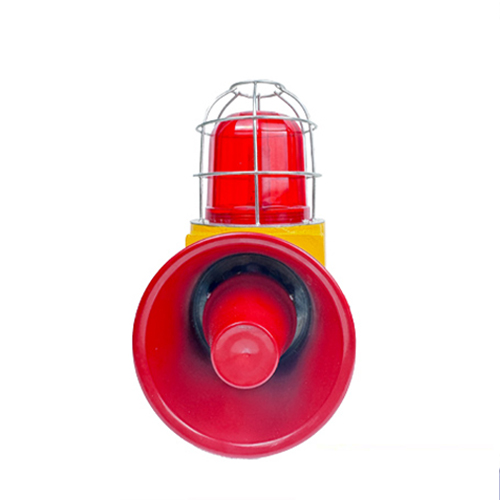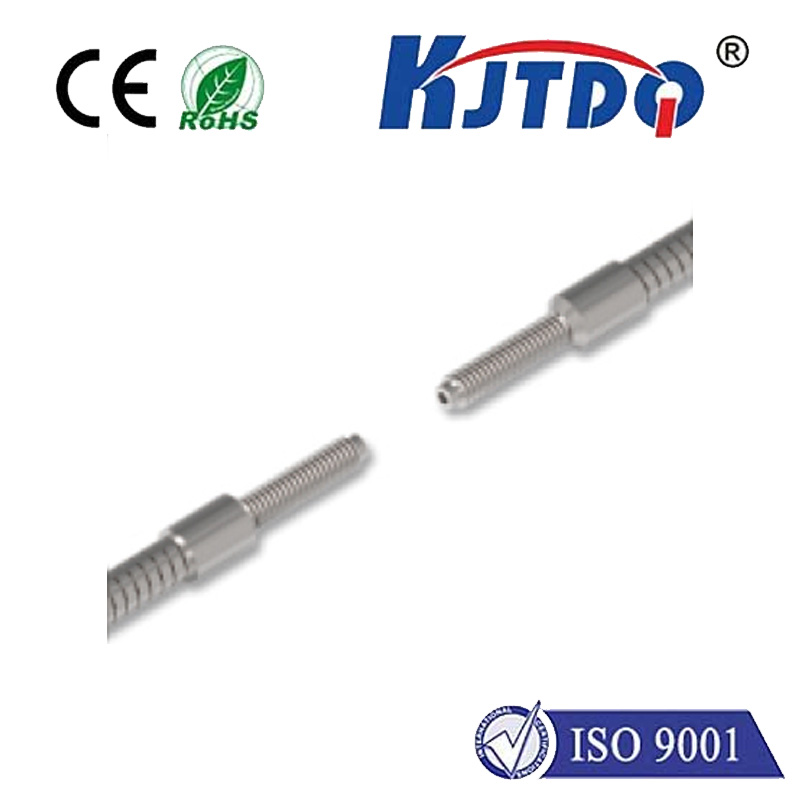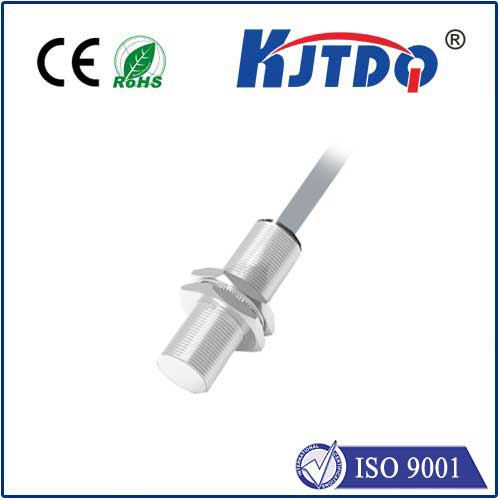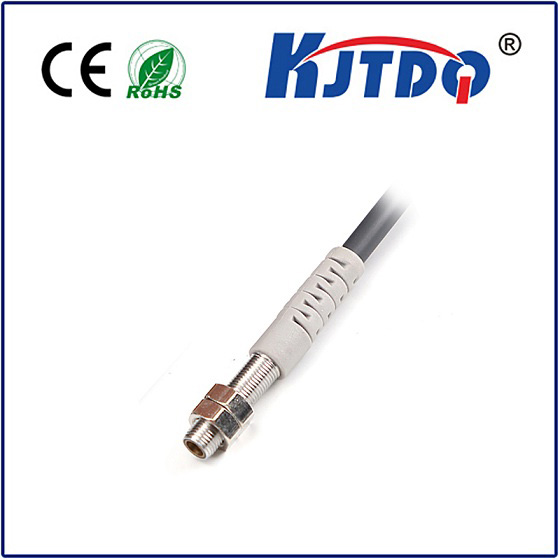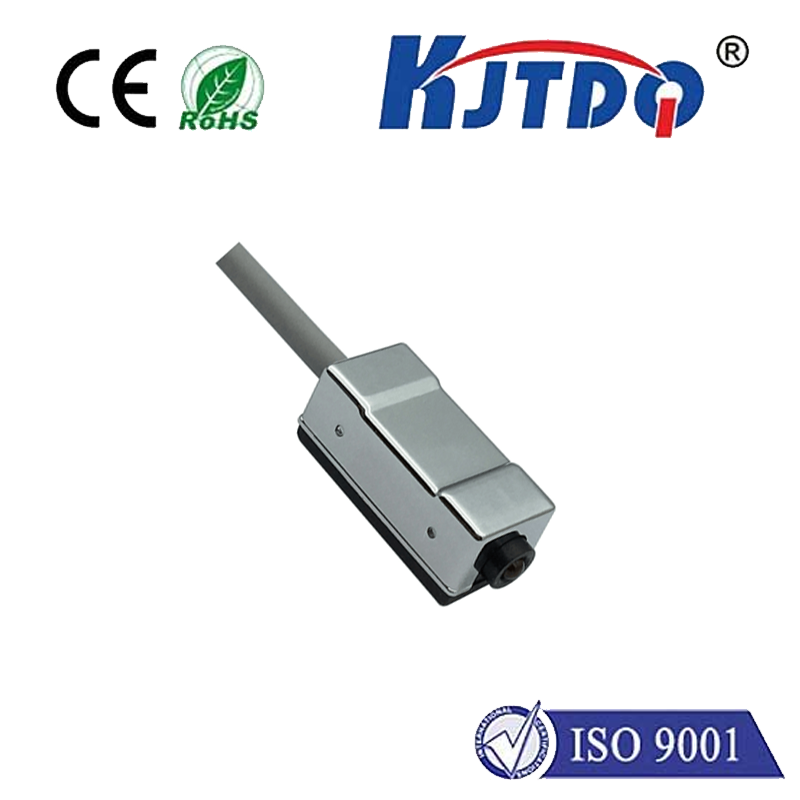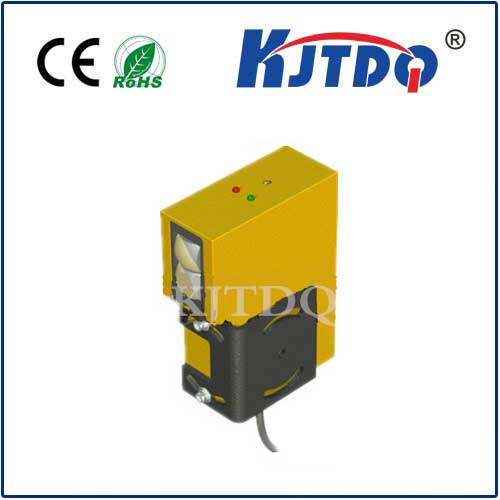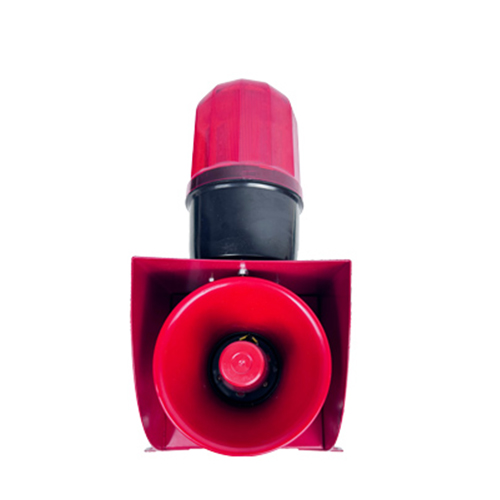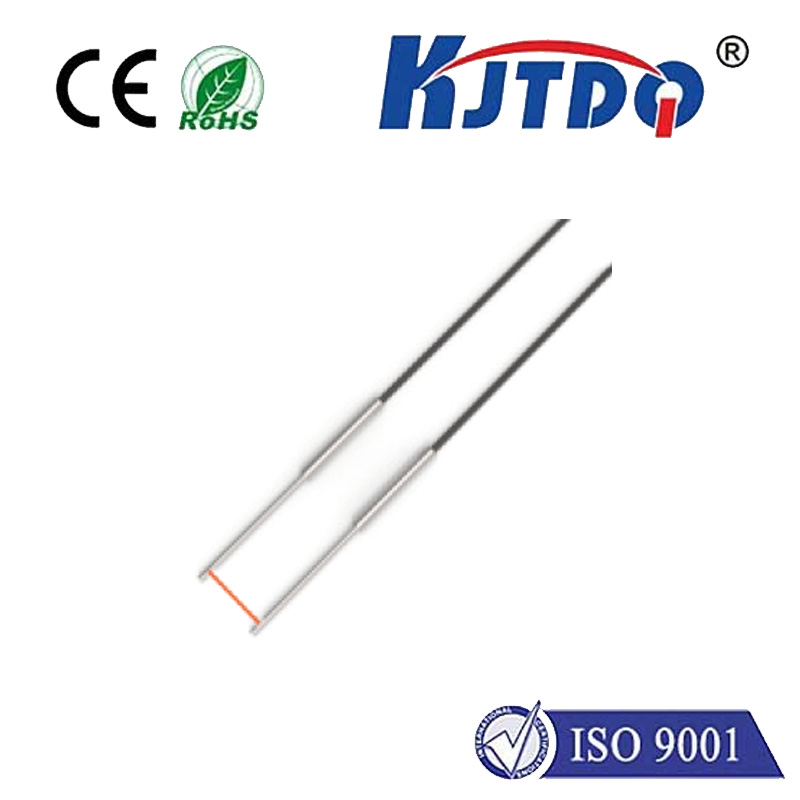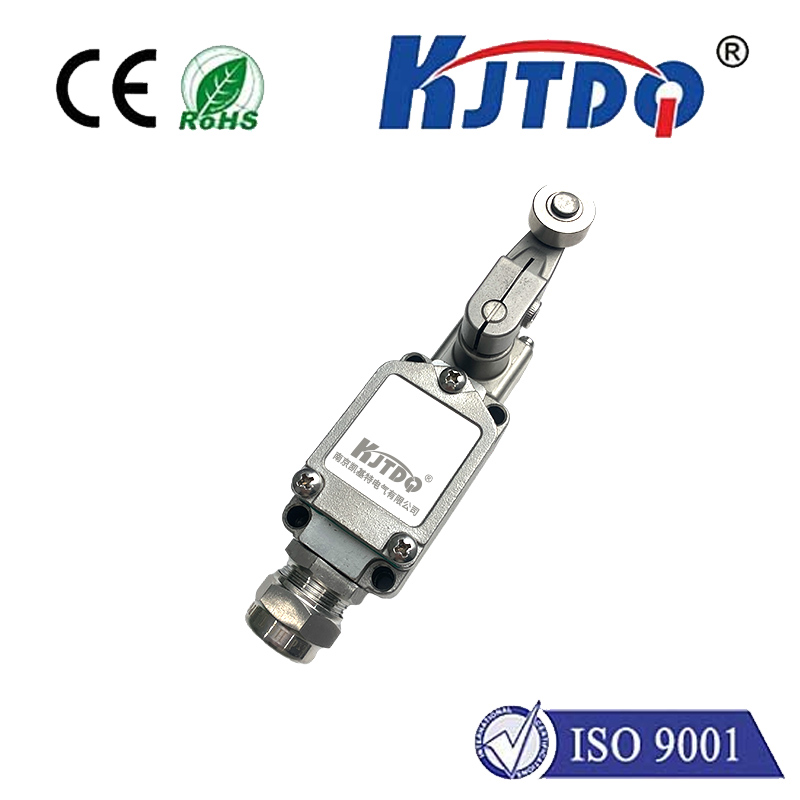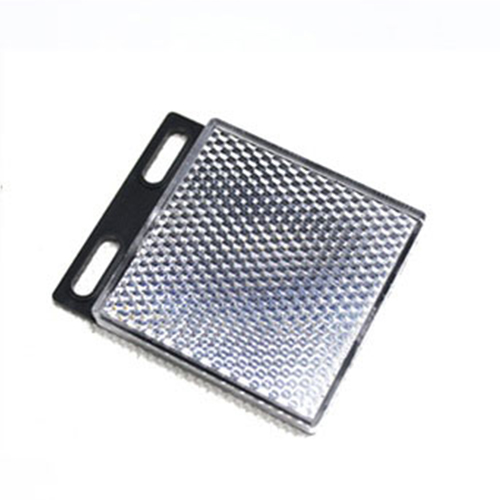fiber optic bend sensor
- time:2025-08-14 13:26:07
- Нажмите:0
How Fiber Optic Bend Sensors Revolutionize Precision Measurement
Imagine guiding a surgical tool through delicate anatomy with millimeter precision, or monitoring structural weaknesses in bridges before they become critical. These scenarios demand incredibly accurate measurements of bending forces and angles – exactly where fiber optic bend sensors excel. Moving far beyond simple light pipes, these ingenious devices leverage the fundamental properties of light traveling through glass to transform physical deformation into precise, reliable data.
At the heart of their operation lies a simple yet powerful phenomenon: bending an optical fiber alters the light passing through it. This alteration can manifest in several measurable ways, forming the basis for different sensing approaches. The three primary techniques are:

- Intensity Modulation: This is often the simplest method. Bending the fiber causes some light to “leak” out (macrobend loss), particularly at sharper curves. By measuring the reduction in light intensity reaching the end of the fiber, a direct correlation to the bend radius or angle can be established. While susceptible to factors like source fluctuations, its simplicity makes it viable for many cost-effective applications.
- Phase Modulation (Interferometry): Here, bending introduces minute changes in the physical path length of the light within the fiber. Sophisticated setups like Michelson or Mach-Zehnder interferometers detect these tiny path length differences by comparing the phase of the light in a bent fiber section against a reference signal. This allows for extremely high-resolution bend measurements, ideal for detecting ultra-subtle deflections.
- Wavelength Modulation (Fiber Bragg Gratings - FBGs): FBGs are microscopic periodic variations in the fiber’s core refractive index, acting like mirrors for a specific wavelength of light (the Bragg wavelength). When an FBG is bent, the grating period effectively changes due to strain, causing a measurable shift in the reflected wavelength. This shift is proportional to the applied bend, offering precise and multiplexed sensing (multiple FBGs on one fiber) capabilities.
The versatility of fiber optic bend sensors stems from their unique advantages: Their immunity to electromagnetic interference (EMI) makes them perfect for operating near MRI machines, power lines, or industrial motors. Being entirely passive and dielectric, they are intrinsically safe for use in potentially explosive atmospheres. Their small size and flexibility allow for integration into minimally invasive medical devices, complex robotic joints, or embedding within composite materials without significantly altering the host structure. Furthermore, single fibers can potentially monitor multiple points simultaneously using techniques like FBG arrays or distributed sensing.
This unique blend of properties unlocks transformative applications across diverse sectors:
- Medical Navigation & Robotics: Fiber optic bend sensors are revolutionizing minimally invasive procedures. Integrated within catheters and endoscopes, they provide real-time, precise feedback on the instrument’s tip position and curvature within the body, enabling surgeons to navigate complex anatomy with enhanced confidence and accuracy. Robotic surgical arms also leverage them for precise joint angle feedback and delicate force control.
- Advanced Robotics & Haptics: For robots to interact safely and intelligently with their environment, they need a keen sense of touch and proprioception. Fiber bend sensors embedded in robotic fingers, joints, or artificial skins provide crucial data on object shape, grasping force, and limb position, enabling dexterous manipulation and responsive human-robot interaction. The development of advanced haptic feedback devices also benefits significantly.
- Structural Health Monitoring (SHM): The long-term integrity of critical infrastructure like bridges, dams, wind turbine blades, pipelines, and aircraft wings is paramount. Embedded fiber optic bend sensors, particularly multiplexed FBG arrays, continuously monitor deformation, vibration modes, and load-induced curvature changes. This data allows engineers to detect anomalies, assess structural performance under stress, and predict potential fatigue or failure points, moving beyond reactive maintenance towards predictive safety.
- Shape Sensing: By strategically placing multiple bend sensors along a flexible structure or embedding them in smart textiles, complex shape reconstruction becomes possible. This is invaluable for applications ranging from advanced endoscopes tracking their path through the body to monitoring the deformation of inflatable space structures or the draping of composite materials during manufacturing.
- Industrial Process Control: In demanding industrial settings, monitoring the bend or deflection of components like conveyor rollers, robotic arms, or pressure vessels provides vital feedback for optimizing processes, ensuring equipment operates within safe tolerances, and detecting misalignment or wear before catastrophic failure.
Key challenges remain in the pursuit of wider adoption. Achieving high sensor resolution, especially at very small bend radii, requires sophisticated interrogation systems. Temperature sensitivity can introduce errors, demanding clever compensation techniques or hybrid sensor designs. Protecting delicate glass fibers within rugged sensor packaging without compromising sensitivity is another ongoing engineering focus. Furthermore, cost-effective manufacturing solutions are needed for some of the more complex sensor types, like dense FBG arrays.
Despite these hurdles, continuous advancements in optical materials, manufacturing techniques (like femtosecond laser inscription for FBGs), and sophisticated signal processing algorithms are rapidly overcoming limitations. As these technologies mature, fiber optic bend sensors are poised to become even more pervasive, moving beyond specialized applications into broader industrial, medical, and consumer realms. Their ability to deliver precise, reliable bend measurements in challenging environments truly sets them apart, enabling smarter machines, safer structures, and medical procedures that were once unimaginable. The future of precision sensing is bending towards light.

